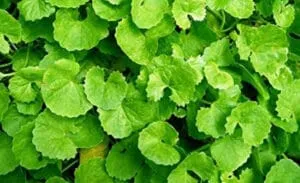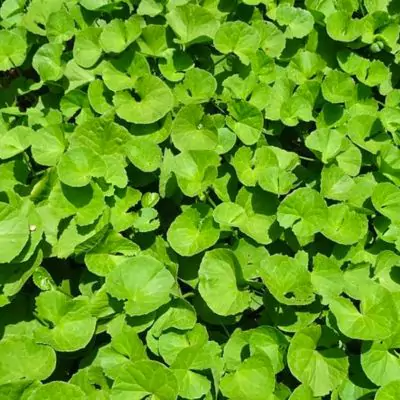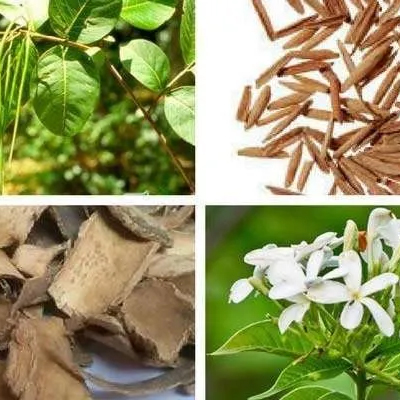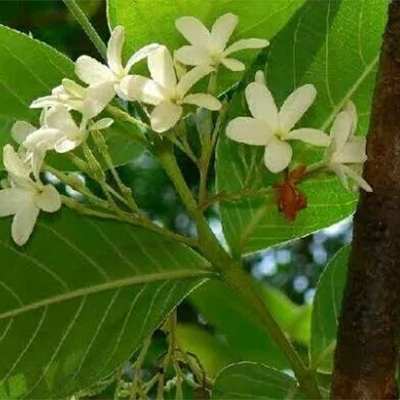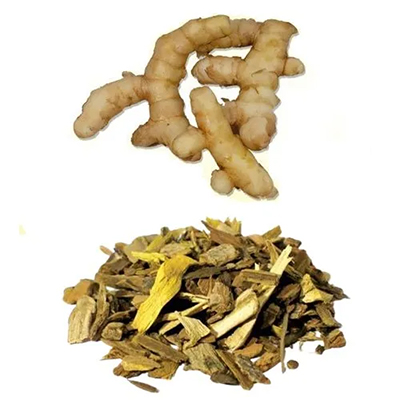On This Page
Mandukaparni – Centella asiatica
Introduction
Mandukaparni, commonly known as Indian penny wort is one of the most commonly found weed in India. The leaves of Mandukaparni resembles frog in shape and hence got the name. The word centella means “many “ and the word asiatica indicates its Asian origin. The plant mainly grows in moist areas and have many therapeutic actions.
Institute of Applied food Allergyguided by Dr.Gupta, have been studying on readily available herbs for the purpose of alleviating allergic condition. Our experts studied on Mandukaparni and proven the plant’s therapeutic activities like anti-inflammatory, memory enhancer, CNS depressant, sedative etc. The plant can be used to treat diseases like Cough, Diabetes, Inflammation, Fever, Allergic conditions etc. Our experts conducted many studies on Mandukaparni and proven the activities anticancerous properties. The water extracts of Mandukaparni can improve memory capacity and is nowadays used for rejuvenation therapy. The methanol extract of the plant helps in the anti-inflammatory and analgesic properties of the plant.
Action of Mandukaparni – Centella asiatica in Allergies
IAFA experts have successfully proven the antiallergic andanti-inflammatory property of the plant Mandukaparni. The plant contains phytoconstituents like Asiaticoside, Brahmoside, Brahminoside, Hydrocotylin,Thankuniside, Thankunic acid, Madegascaric acid, Brahmic acid Centelloside, Centic acid, Centellic acid and Centoic acid. These aids in the antiallergic property of the plant. The decoction prepared from the leaves of Mandukaparni can alleviate skin allergic conditions.
Vernacular Names
| Native Names | |
| Sanskrit Name | Mandukaparni ,Saraswathi, Divya |
| Hindi Name | Khulakudi |
| English Name | Indian penny wort |
| Malayalam Name | Kutakam |
| Kannada Name | Vondelaga |
| Marathi Name | Karivana |
Botanical Name
Centella asiatica
Family
Apiaceae
Morphology of Mandukaparni – Centella asiatica
- Annual prostate herb
- Taproot system present
- Stems are herbaceous , fistular
- Leaves are simple type, orbicular
- Inflorescence is racemose
- Fruits are cremocarp
Ayurveda reference of Mandukaparni – Centella asiatica

Geographical distribution of Mandukaparni – Centella asiatica
Mandukaparniis found throughout India in moist places.
Phytoconstituents of Mandukaparni – Centella asiatica
The plant contains phytoconstituents like Asiaticoside, Brahmoside, Brahminoside, Hydrocotylin,Thankuniside, Thankunic acid, Madegascaric acid, Brahmic acid Centelloside, Centic acid, Centellic acid and Centoic acid.
Parts used of Mandukaparni – Centella asiatica
- Whole plant mainly leaves
Dosage of Mandukaparni – Centella asiatica
- Powder(churna)- 5-10 g
- Juice (swarasa)- 10-20 ml
- Decoction (kwatha)- 50-100 ml
Medicinal Properties of Mandukaparni – Centella asiatica
- Kasa hara – relieves cough
- Medhya – enhances memory
- Sophahara – relieves swelling
- Swasahara – relieves asthma
- Rasayana – rejuvenative
- Visaghna – useful in poisoning
- Kandughna- relieves itching
- Kushtaghna – relieves skin diseases
- Swarya – help to increase clarity of voice

Have A Health Issue?
Consult Online
- Dr. Sahil Gupta (B.A.M.S., M.H.A.)
Ayurvedic Allergy Specialist
CEO & Founder of IAFA®
Home remedies of Mandukaparni – Centella asiatica
Ayurveda is an ancient system of medicine, extensively popular in India. More than medical care, Ayurveda advices lifestyle modifications which helps in relieving diseases and promoting immunity. Ayurveda uses herbs that are commonly seen around. Mandukaparni is a major herb used in Ayurveda and is used in many diseases like,
- To promote intellect (Medhya) – Herb is collected and used continuously for 1 month along with ghee.
- In Epilepsy (Apasmara) – Juice of Mandukaparni and Brahmi is processed with ghee and given in epilepsy.
- In Diabetes (Prameha) – Decoction of Mandukaparniis taken at a dose of 60ml per day to cure diabetes.
- In Cough (Kasa) – Powder of Mandukaparni is mixed with Ginger and taken repeatedly to cure cough.
- In disorders of voice(Vagvikara)- Mandukaparni and sausserea lappa is mixed with honey and taken internally.
- In Fever (Jwara) – Decoction of Brahmi and Mandukaparni is taken to cure fever at a dose of 60ml.
- In Insanity (Unmada) – Freshly collected juice of Mandukaparni and Acorus calamus is mixed with powder of Sausserealappa and honey relieves insanity.
- In Anorexia (Aruci) – Juice of Mandukaparni is mixed with honey and taken.
Ayurveda is an Indian system of medicine which uses different forms of products derived from herbs that are commonly seen around. Dr.Gupta’s IAFA have been conducting research studies to find out different phytoconstituents of herbs and their action in body. Such knowledge acquired through these research by our experts is used to produce different medicines purely based on Ayurveda. IAFA is the provider of safe and effective treatment for a wide range of diseases, mainly allergic diseases all based on Ayurveda.
Reach IAFA for safe herbal remedies for all your ailments!!!

